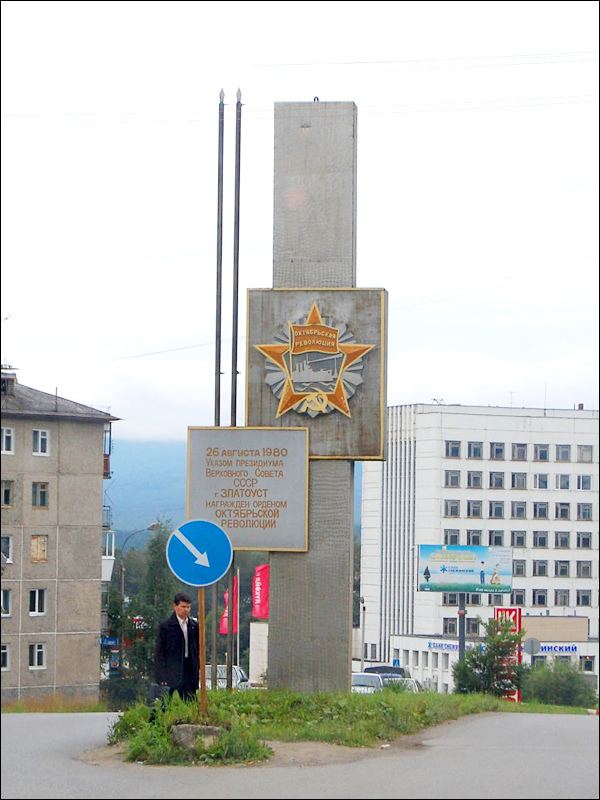Population 174,962 (2010) Mayor Alexander Karavayev | Area 136.4 km² Founded 1754 | |
 | ||
Map of Zlatoust
Zlatoust (Russian: Златоуст; [zlətɐˈust]) is a city in Chelyabinsk Oblast, Russia, located on the Ay River (in the Kama basin), 160 kilometers (99 mi) west of Chelyabinsk. Population: 174,962 (2010 Census); 194,551 (2002 Census); 207,794 (1989 Census); 181,000 (1971); 161,000 (1959); 99,000 (1939); 48,000 (1926); 21,000 (1910).
Contents
- Map of Zlatoust
- Russia zlatoust 2011 10 18 21 intro avi
- A r company zlatoust outdoor werkzeug swift aus russland edc gear multitool
- Etymology
- History
- Administrative and municipal status
- Notable natives or residents
- References
Russia zlatoust 2011 10 18 21 intro avi
A r company zlatoust outdoor werkzeug swift aus russland edc gear multitool
Etymology
The city's name is derived from the Russian translation of Chrysostom, because it was founded near a church dedicated to that saint.
History
Zlatoust was founded in 1754 due to construction of the ironworks. In 1774–76, the workers of the plant took part in the insurrection led by Yemelyan Pugachev. In the early 19th century, Pavel Anosov made the first Russian bulat steel blades in Zlatoust. It was granted town status in 1865. From 1865 to 1919 Zlatoust was part of Ufa Governorate. The town is also known for the first cannons made of Russian steel. In 1903, the Tsarist authorities brutally suppressed a strike, organized by the workers of Zlatoust.
In the beginning of the 19th century, an arms factory was constructed there which began to produce sabres and swords. Famous artists Ivan Bushuyev and Ivan Boyarshinov authored unique patterns of cold-steel decorated with engravings. Flying winged horse was a favorite element of many of Bushuyev's engravings, so he was given a nickname Ivan the Wingy (Ivanko Krylatko). Since then, a pegasus has been an emblem of the town. The Soviets gained control over Zlatoust in March 1918. The town was occupied by the Whites between June 1918 and July 1919. On 13 July 1919, Zlatoust was seized by the Red Army.
During the Soviet period, Zlatoust became an industrial city, which specialized in metallurgy, mechanical engineering, tool-making, food production, and other industries. Zlatoust is one of the centers of artistic engraving on metal in Russia. Traditionally, such engravings were done on weapons, such as knives and swords; however, during Soviet period the engraving was shifted onto decorative metal plates. Nowadays the weapon engraving is popular again.
Administrative and municipal status
Within the framework of administrative divisions, it is, together with nine rural localities, incorporated as the City of Zlatoust—an administrative unit with the status equal to that of the districts. As a municipal division, the City of Zlatoust is incorporated as Zlatoustovsky Urban Okrug.
